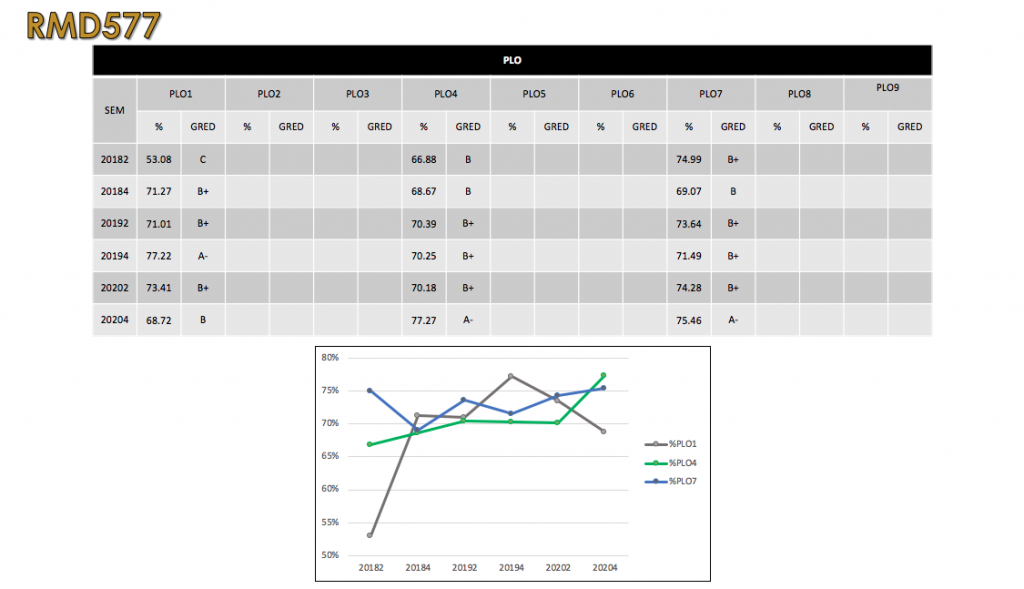Teaching Duties
All academics are required to fulfill at least fifteen (15) Amanah Tugas Syarahan (ATS) hours per week. The program coordinator will determine the total ATS hours based on each academic track. Lecturers must upload all relevant records into the MyATP system, which is managed by the Academic Affairs Division. MyATP serves as a centralized platform for storing all necessary academic information.
Teaching Approaches
I believe that students have diverse learning styles, and therefore, adopt a flexible approach to teaching. I draw upon the Felder and Silverman Learning Styles Model, which identifies four dimensions of learning preferences. In addition to having students complete the Entrance Exit Survey (EES) before the start of the class, I administer a learning styles survey using the Index of Learning Styles (ILS) instrument, developed by Felder and Soloman. This tool, available on the CIDL website, requires students to answer 44 questions, helping to identify their learning preferences. Understanding their learning styles has significantly enhanced my ability to tailor instructional delivery and improve student engagement.
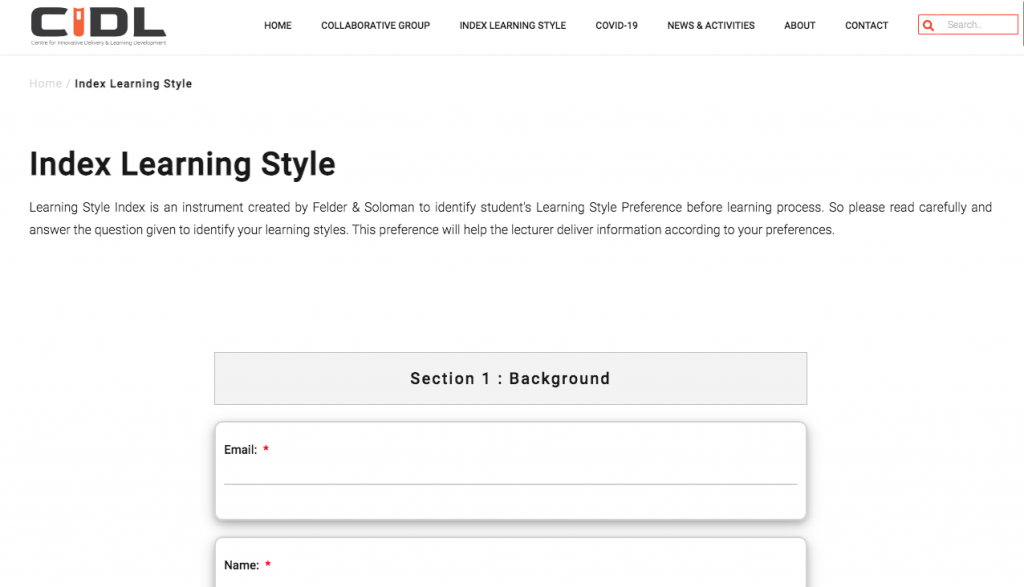
The system will send the ILS results to students via their registered email. Lecturers are required to analyze these results to identify learning differences before proceeding with instructional activities.

There’s no need to worry about the numbers themselves; they simply indicate the learning styles each student prefers. A higher number reflects a stronger preference for a particular style. This instrument is applicable to both undergraduate and postgraduate students. While many educators experiment with different teaching methods for effective delivery, no single approach fits all students. Based on the analysis, the ILS results are categorized into four key dimensions of learning preferences:
- Process (Active and Reflective)
- Perception (Sensing and Intuitive)
- Input (Visual and Verbal)
- Understanding (Global and Sequential)
Each dimension includes two categories that represent distinct learning preferences. Understanding these preferences helps me plan and manage student activities, ensuring group assignments are assigned appropriately. For instance, active learners tend to thrive in group settings, while reflective learners often prefer working independently.
Sensing learners favor hands-on, practical approaches, while intuitive learners are more abstract in their thinking. Visual learners benefit from materials such as images, graphs, and infographics, whereas verbal learners respond better to written or spoken explanations. Lastly, global learners excel with conceptual learning methods, such as mind mapping, while sequential learners prefer a step-by-step, linear approach.
Platforms
UiTM’s Learning Management System (LMS) enhances learning delivery and has been rapidly upgraded to accommodate the latest technological advancements.
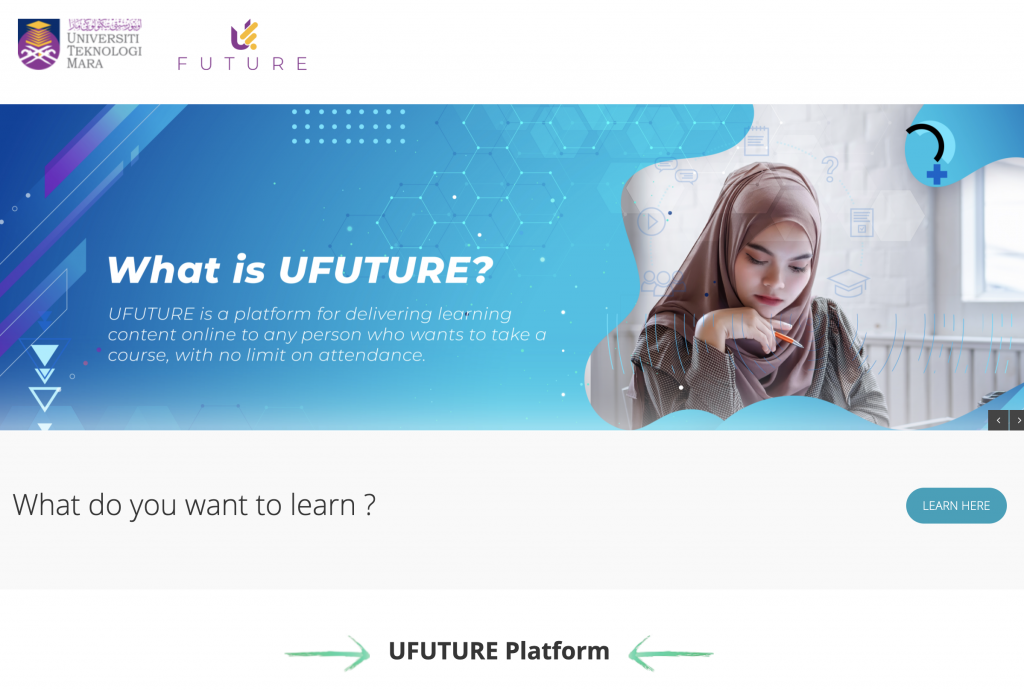
The LMS offers various features, including announcements, content sharing, assessments, forums, Student Feedback Online (SuFO), and Kemahiran Insaniah Feedback Online (KiFO), among others.
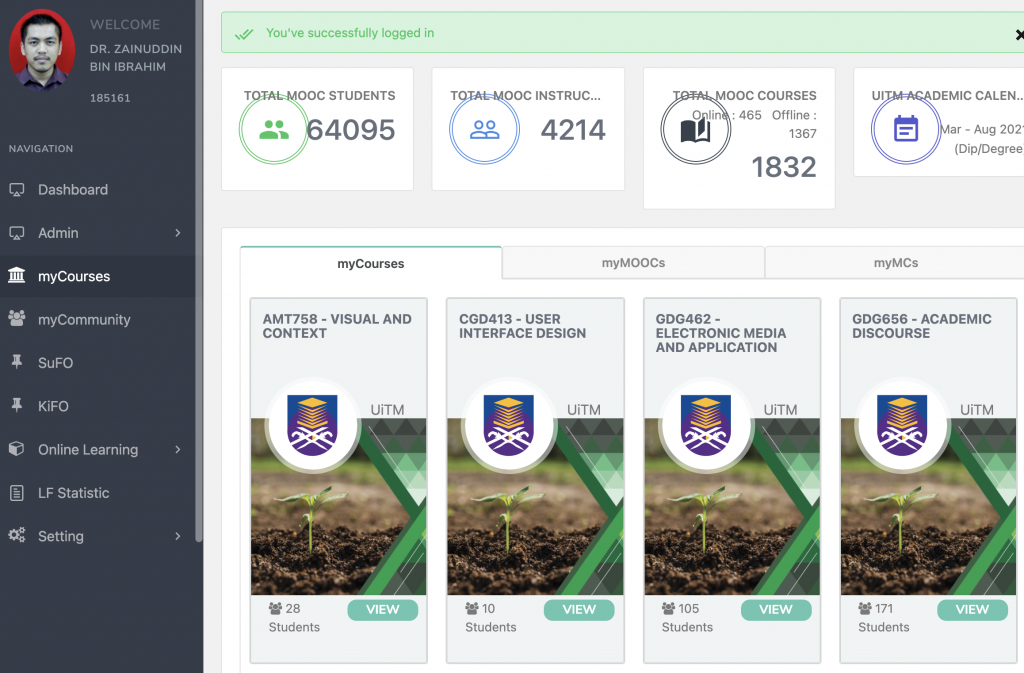
Open and Distance Learning (ODL)
Open and Distance Learning (ODL) allows students to access learning through multiple platforms beyond the LMS. Since UiTM’s LMS lacks built-in virtual meeting features, many academics use alternative platforms like Google Meet, Webex, Zoom, and Microsoft Teams for video conferencing. However, some students face challenges joining video sessions due to bandwidth limitations or insufficient internet packages. In such cases, WhatsApp serves as an effective alternative, ensuring that learning can still take place.
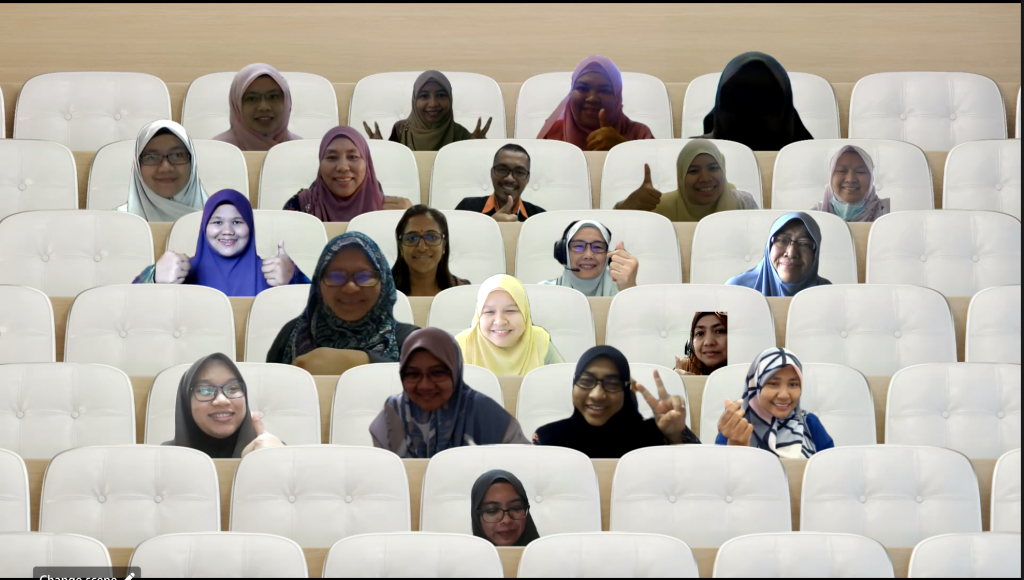
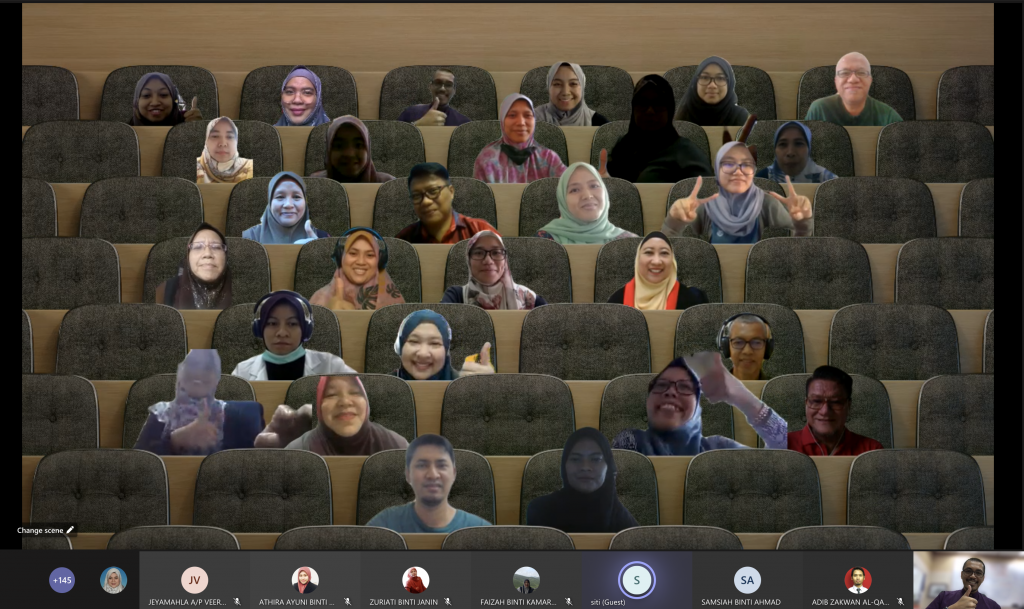
We can continue to receive feedback from students as long as they participate in discussions. One of the advantages of online learning is that students can rewatch recorded sessions at any time. For live online meetings, it’s best to limit sessions to one hour. Implementing a flipped classroom approach is also recommended: provide notes to students before class, then use the session for discussion. Conversations can continue after the online class via WhatsApp or any other preferred platform.
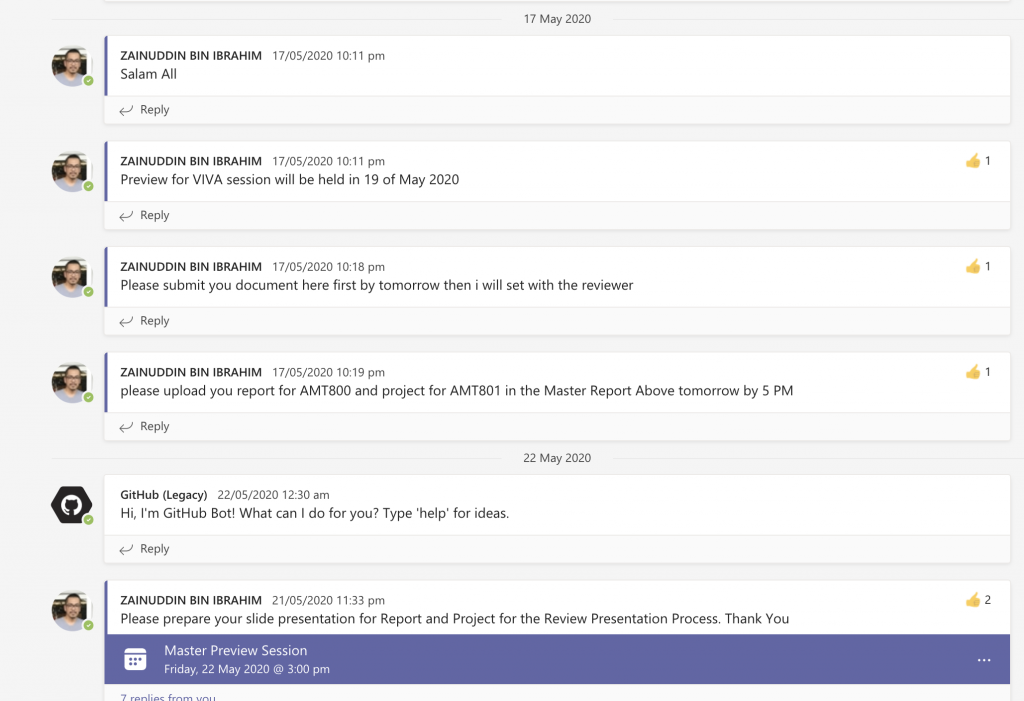
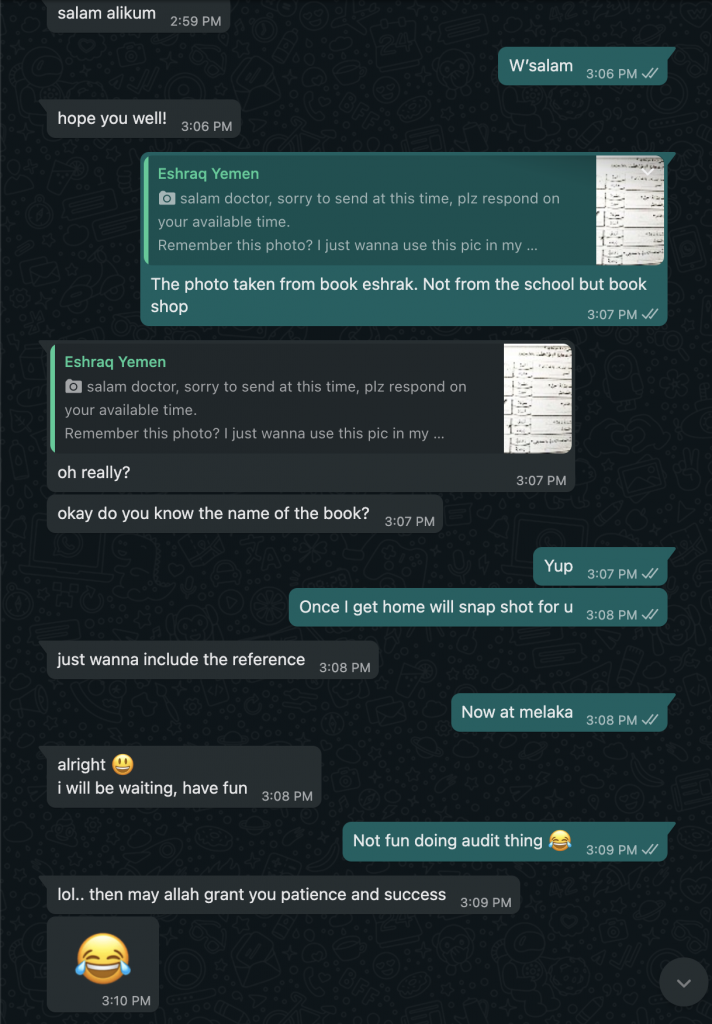
Submission
As a proponent of the critical theory of technology, I believe in using any technology that enhances learning for students. For online assessments, I utilize the LMS because it offers proctoring features that ensure test validity. For assignment submissions, I prefer using MS Teams due to its integration with Turnitin, which allows for seamless similarity checking.
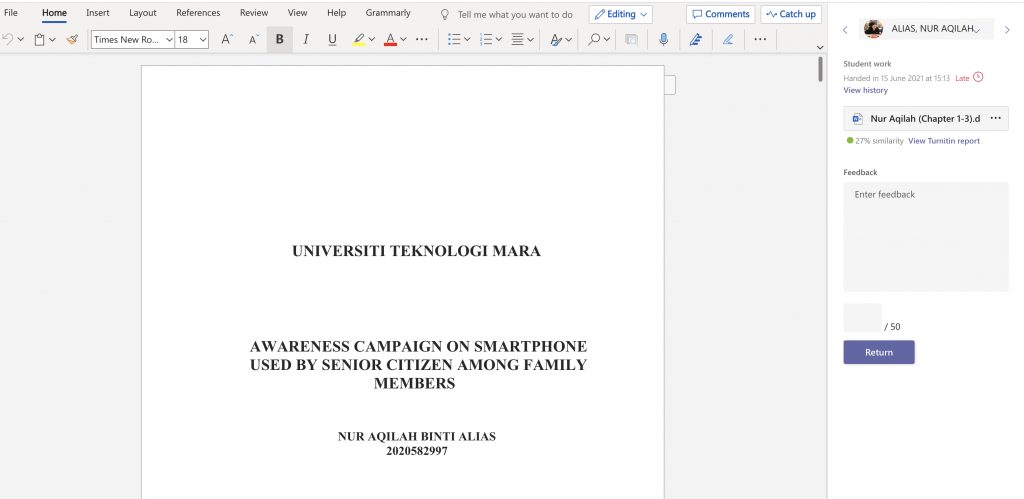
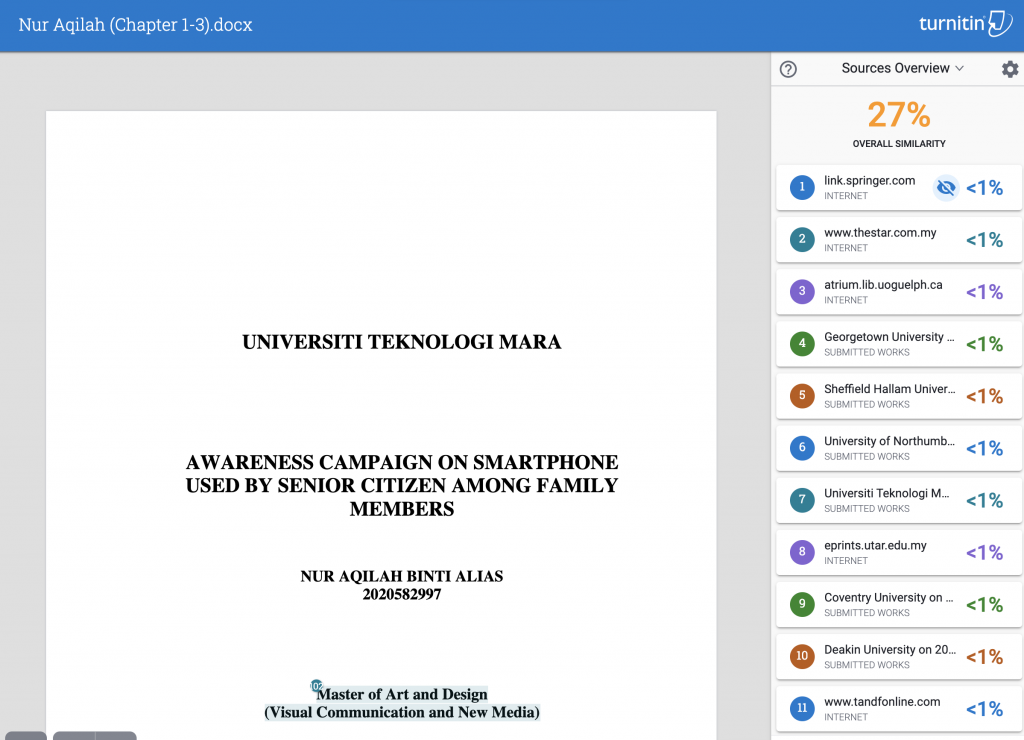
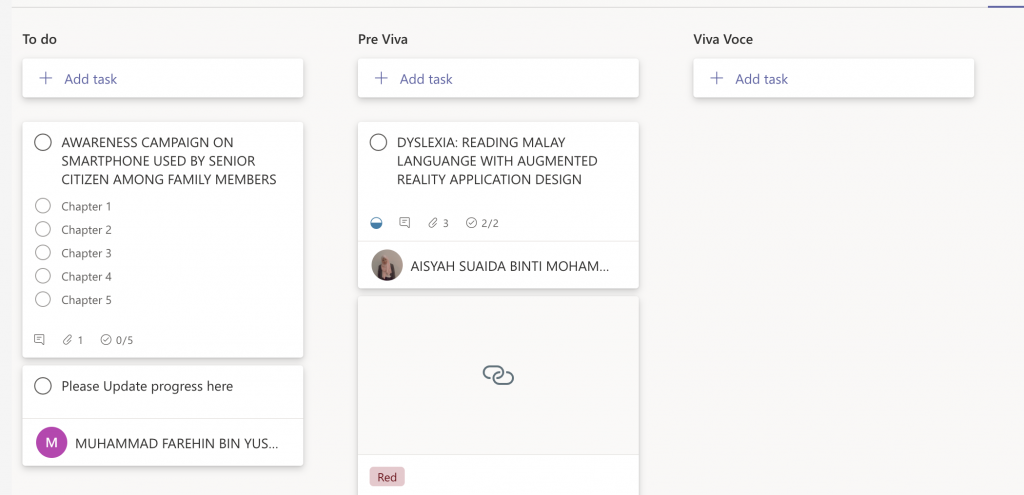

Students Feedback
Student feedback is essential for continuous improvement. At the end of each class, I focus on both student satisfaction and honest feedback. While some students may hesitate to share negative experiences openly, allowing them to provide anonymous comments can encourage more truthful responses. To gather this feedback, I use Padlet for collecting students’ experiences, which can be compared with the results from the Student Feedback Online (SuFO) system in the Learning Management System.

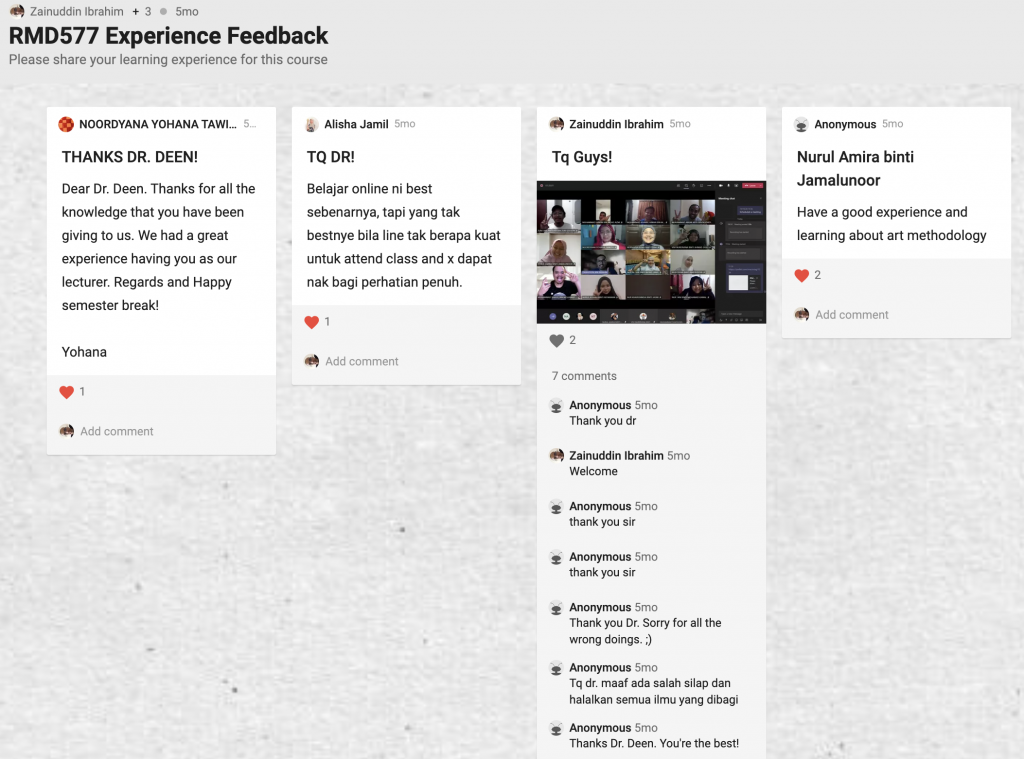
Students Performance Analysis
Analyzing student performance helps me identify patterns and trends. This allows me to tailor various learning activities to accommodate different learning styles and improve overall engagement.
